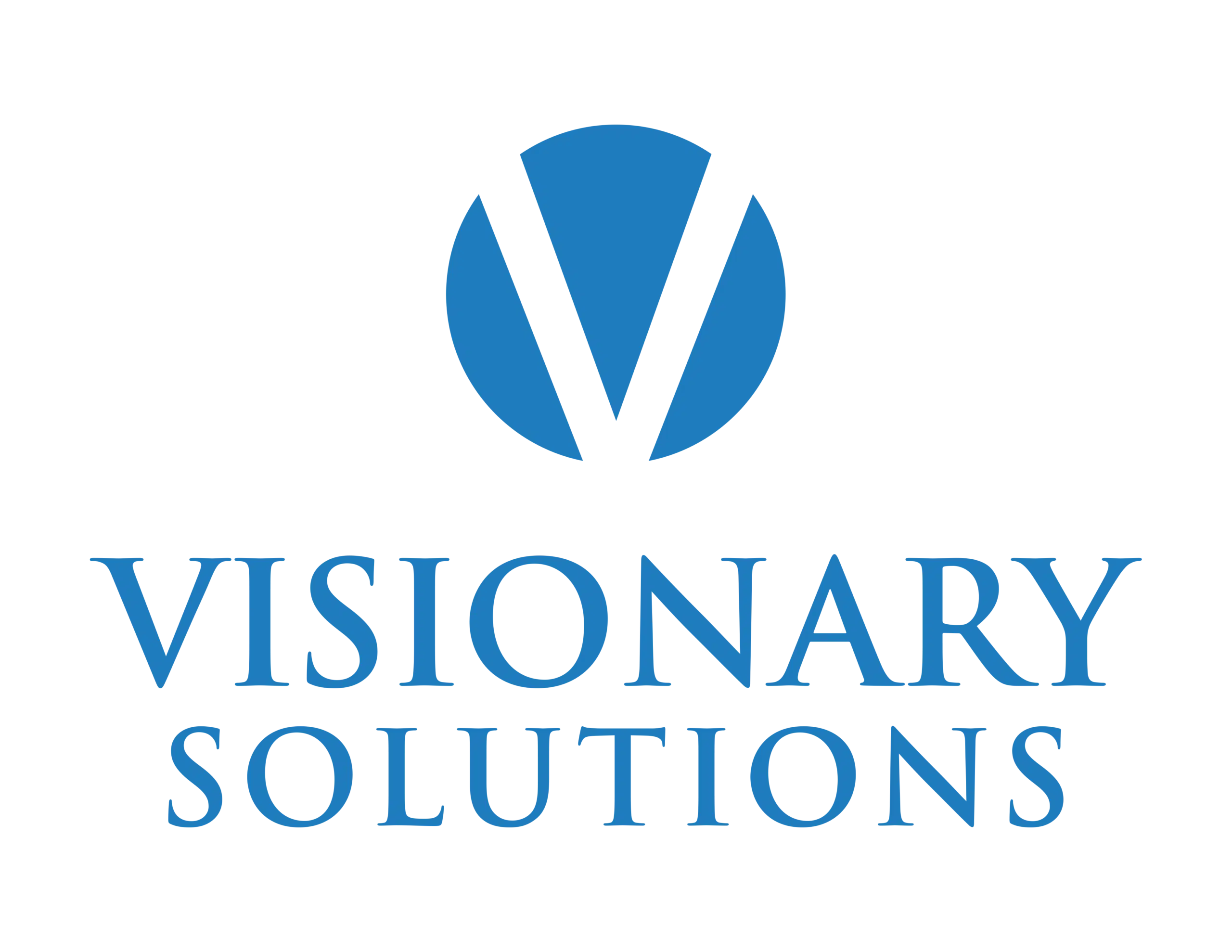Double booking scheduling, a strategic approach gaining prominence across industries, involves scheduling overlapping appointments or tasks within the same timeframe.
This method challenges traditional norms and is becoming increasingly important in various sectors. The focus of this guide is to delve into its definition, pros, cons, and examples.
As industries evolve, the need to maximize efficiency and resource utilization has become paramount. Double booking scheduling addresses this need by allowing organizations to optimize their time management strategies, making it a valuable tool in the quest for operational excellence.
Let’s explore its intricacies and implications across different domains!
What is Double Booking Scheduling?
Double booking scheduling is a practice in which two or more appointments, events, or tasks are scheduled for the same time slot. This unconventional approach is designed to enhance efficiency by anticipating that not all scheduled events will require the full allotted time. The concept originated from the airline industry’s practice of overbooking to compensate for no-show passengers.
Historically, this evolved into double booking scheduling, becoming prevalent in various industries. The digital era has significantly influenced its contemporary applications, with the advent of its software and digital calendars making it easier to coordinate and optimize schedules efficiently.
In today’s context, this is strategically employed in industries where unforeseen delays or cancellations are common. It enables businesses to make the most of their resources, whether personnel or facilities, by assuming that not every scheduled event will consume the entire time slot.
This approach reflects a shift towards more flexible and adaptive scheduling methods in response to the dynamic nature of modern professional environments.
Double Booking Scheduling Advantages and Disadvantages
Benefits in Various Industries
Double booking scheduling, a strategy where a resource is assigned to more than one appointment or task at the same time, has demonstrated noteworthy advantages across diverse industries.
In healthcare, for instance, this has proven effective in optimizing the utilization of medical professionals’ time. Imagine a scenario where a doctor schedules routine follow-up appointments for patients with chronic conditions simultaneously. This not only streamlines the physician’s schedule but also reduces the waiting time for patients, enhancing overall efficiency.
Similarly, the hospitality sector has reaped its benefits. Hotels can efficiently manage their conference rooms by scheduling overlapping events, maximizing the utilization of these spaces. In this way, a meeting room can serve dual purposes, such as hosting a morning conference and an afternoon workshop.
This practice not only enhances resource management but can also result in potential cost savings as it minimizes the idle time of facilities.
In the realm of professional services, this proves advantageous for consultants or lawyers who may have overlapping appointments. For example, a legal consultant can efficiently schedule initial client consultations simultaneously, ensuring a steady flow of appointments without unnecessary gaps.
This approach not only optimizes the professional’s time but also accommodates clients who might prefer flexible meeting times.
Potential Drawbacks and How to Mitigate Them
While this strategy offers compelling benefits, it is not without its challenges.
One significant drawback is the increased risk of customer dissatisfaction. Clients or patients may perceive overlapping schedules as a lack of attention or rushed service. To mitigate this risk, effective communication is paramount.
Clearly communicating the scheduling strategy to clients, patients, or customers and managing expectations can help avoid misunderstandings. Providing transparency about the time allocated for each appointment and assuring quality despite simultaneous bookings is key.
Another challenge lies in the potential for overburdening staff. Double booking may strain resources and personnel, leading to burnout and reduced service quality. To address this, businesses should carefully analyze their workforce capacity and implement technologies that assist in managing double-bookings efficiently.
This might include investing in advanced scheduling software that considers staff workload, preferences, and availability. Moreover, having contingency plans in place, such as on-call staff or automated reminders for clients, can help manage unforeseen situations effectively.
In the healthcare sector, where patient satisfaction is paramount, adopting a hybrid approach can be beneficial. While it may be suitable for routine and predictable appointments, critical or time-sensitive cases might require a more focused and individualized approach. This ensures that the advantages are harnessed where appropriate, without compromising the quality of care in situations that demand undivided attention.
In conclusion, this presents a dual-edged sword, offering efficiency gains and resource optimization while introducing potential challenges. Its successful implementation hinges on effective communication, transparency, and leveraging technology to manage bookings and staff workload.
Industries such as healthcare, hospitality, and professional services can benefit significantly from this strategy when applied judiciously, acknowledging its advantages and proactively addressing its drawbacks.
As businesses continue to evolve, finding the right balance between maximizing efficiency and ensuring customer satisfaction remains key to a successful implementation.
Double Booking Scheduling Examples
Double booking appointments scheduling, a practice where multiple appointments or events are scheduled for the same time slot, has found applications across various industries.
Let’s delve into real-world examples, exploring both successful implementations and lessons learned from less successful attempts.
Medical Practices
In some medical practices, particularly those dealing with urgent care or general consultations, this has been implemented to maximize the utilization of healthcare providers’ time.
For instance, a clinic might schedule routine check-ups for patients every 30 minutes while also allowing for some overlapping slots to accommodate walk-in patients or urgent cases.
The success of this approach lies in the careful balance between providing timely care and managing unexpected patient arrivals.
Hair Salons
Hair salons often employ double booking to optimize stylist schedules. For instance, a salon might schedule a hair coloring appointment that takes a few hours concurrently with a haircut appointment that takes less time.
This allows the stylist to efficiently manage their time and attend to multiple clients simultaneously. However, this approach requires precise time management and skill to ensure the quality of service is not compromised.
Business Consultancy Services
In the world of business consulting, double booking is sometimes employed to accommodate clients across different time zones or to manage conflicting schedules.
Consultants may book phone meetings or video conferences back-to-back, maximizing their availability and allowing them to serve a broader clientele. However, challenges may arise in ensuring that each client receives the dedicated attention and preparation they require.
Analysis of Outcomes
In analyzing these case studies, several key insights emerge:
- Efficiency Gains: Successful double booking scheduling can significantly enhance efficiency by optimizing time utilization. In medical practices and service-oriented industries, this approach can help professionals see more clients without compromising the quality of service.
- Effective Time Management: The examples demonstrate the importance of meticulous time management. In instances where double booking works well, professionals must be adept at seamlessly transitioning between tasks or clients to avoid delays and maintain a high standard of service.
- Client Satisfaction: The success of double booking is closely tied to client expectations and satisfaction. In scenarios where appointments overlap, it is critical to communicate clearly with clients, ensuring they understand the scheduling approach and feel their needs are being met.
- Quality Control: While double booking can enhance efficiency, there is a risk of compromising quality, especially in service industries where individual attention is paramount. Careful consideration must be given to the type of service provided and the feasibility of managing multiple tasks simultaneously.
- Technology Integration: Successful implementation often involves leveraging technology, such as advanced scheduling software, to manage appointments, prevent conflicts, and notify clients of any changes. The use of technology can mitigate some of the challenges associated with double booking.
- Flexibility and Adaptability: Professionals employing double booking must be flexible and adaptable. Unexpected circumstances, such as longer-than-anticipated appointments, cancellations, or urgent matters, require quick thinking and a capacity to adjust schedules on the fly.
In essence, while this can yield positive outcomes in terms of efficiency and resource utilization, its success hinges on a nuanced understanding of the specific context, meticulous planning, effective communication, and a commitment to maintaining the quality of service.
Each industry and professional service must carefully weigh the benefits against potential drawbacks to determine the suitability of double booking for their unique circumstances.
What Steps Must Be Taken to Avoid Double Booking in Scheduling Appointments and Why?
Double booking, the scheduling mishap where two or more appointments are inadvertently set for the same time, can lead to a host of problems, including disgruntled clients, operational inefficiencies, and potential revenue loss.
To mitigate these issues, implementing strategic steps and best practices is imperative.
- Utilizing Advanced Scheduling Software: One of the most effective ways is to invest in advanced scheduling software. These tools often come equipped with features like real-time availability tracking, automated reminders, and conflict alerts.
The software can instantly flag potential overlaps, enabling staff to make informed decisions and preventing scheduling conflicts. This not only minimizes the risk of double booking but also streamlines the entire appointment management process. - Setting Clear Policies: Establishing clear scheduling policies is essential. Staff should be well-versed in these policies, which might include rules on buffer times between appointments, maximum appointments per time slot, and guidelines for rescheduling or canceling.
Communicating these policies to clients and staff alike fosters transparency and sets expectations. It provides a structured framework that reduces the likelihood of scheduling errors, contributing to a more organized and efficient workflow. - Training Staff: Human error is a significant contributor to double booking. Properly training staff on the use of scheduling tools, emphasizing attention to detail, and reinforcing the importance of following established policies are critical steps.
Regular training sessions can keep staff updated on any software enhancements and serve as a forum to address challenges and share best practices. Well-trained staff not only reduce the risk of double booking but also contribute to a positive client experience through efficient and error-free scheduling. - Implementing Real-Time Syncing: In cases where multiple staff members are involved in the scheduling process, real-time syncing of schedules is paramount.
This ensures that everyone has access to the most up-to-date information, reducing the chances of overlapping appointments. Modern systems often offer seamless integration and synchronization, allowing all team members to work from the same schedule in real time. This collaborative approach significantly enhances the accuracy of scheduling and minimizes the risk of double booking. - Regularly Auditing Schedules: Periodic audits of schedules can serve as a proactive measure against double booking. Designate a staff member or team responsible for reviewing upcoming appointments, identifying any potential conflicts, and resolving them promptly.
Regular audits not only catch errors before they affect clients but also contribute to continuous process improvement. This practice aligns with the broader goal of maintaining operational efficiency and customer satisfaction.
These steps are crucial not only for preventing double scheduling but also for sustaining overall operational efficiency and customer satisfaction.
Efficient scheduling directly impacts a business’s ability to meet client needs, build trust, and ensure a positive customer experience. By adopting advanced scheduling tools, clear policies, and ongoing training, businesses demonstrate a commitment to professionalism and reliability.
This not only safeguards against the negative consequences of double booking but also contributes to a seamless and customer-centric operation.
Conclusion
In summary, we’ve explored the double booking scheduling definition, weighing its pros and cons. From maximizing efficiency to potential pitfalls, we’ve seen the diverse applications of this practice across industries.
Recognizing the complexity involved, the call to action is clear—implement the best practices discussed. Strategic use of double booking can enhance efficiency, but it requires thoughtful consideration.
Furthermore, trends evolve rapidly. I encourage readers to stay informed about emerging innovations in scheduling management. By embracing proactive and adaptive approaches, businesses can effectively navigate the dynamic demands of their environments.
In conclusion, let’s not only understand the nuances of double booking scheduling but actively integrate its principles for a more streamlined future!




